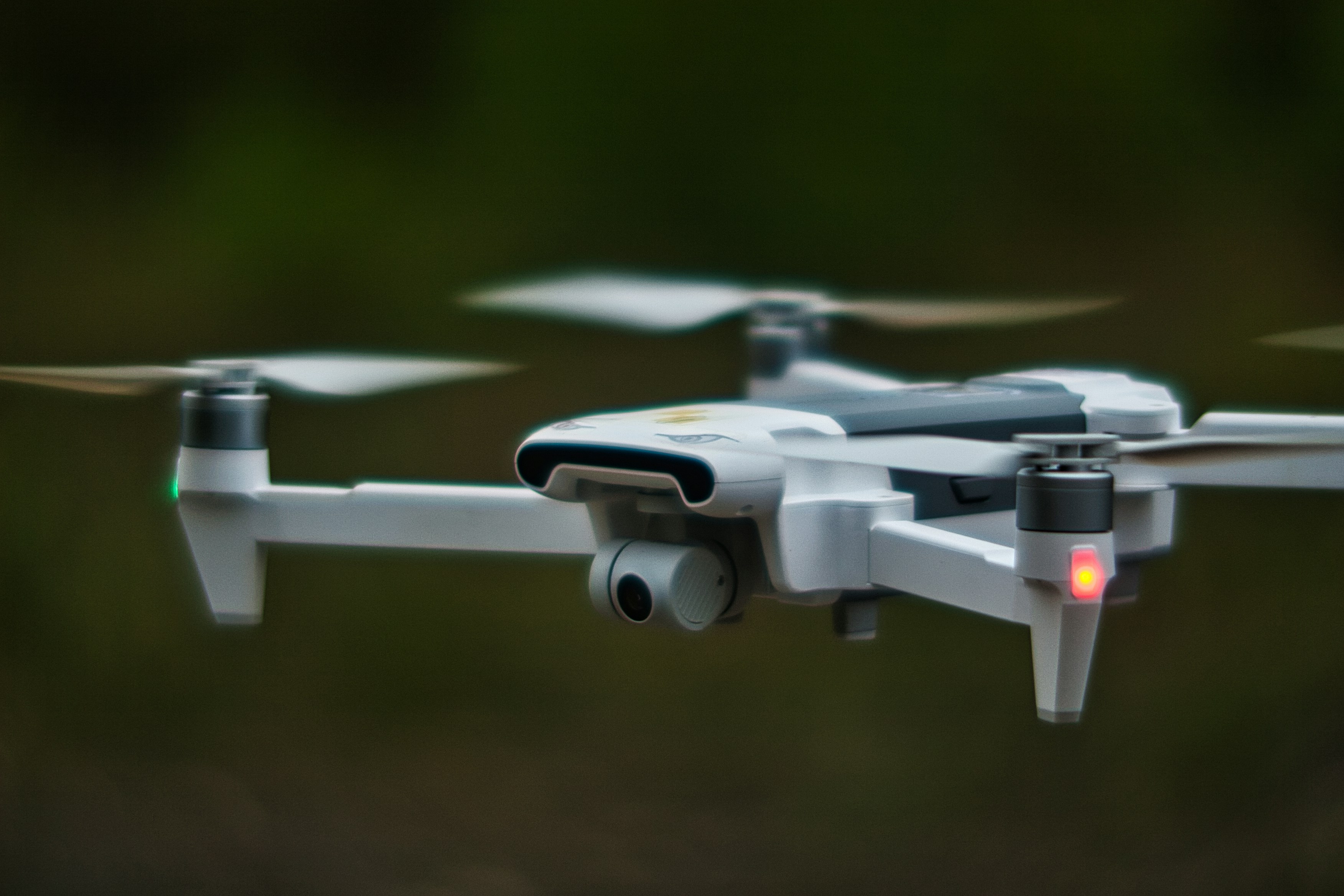
Neurodiversity in UAV & Drone Careers: Turning Different Thinking into a Superpower
Uncrewed Aerial Vehicles (UAVs) – drones – have moved from hobby gadgets to essential tools. They inspect wind turbines, support emergency services, survey construction sites, map farmland, film live events & deliver critical medical supplies. Behind every successful mission are people: pilots, observers, maintenance engineers, data analysts, software developers & operations managers. Many of them do not think in a “typical” way – & that’s exactly why they’re good at what they do. If you live with ADHD, autism or dyslexia, you might have heard that your brain is “too distracted”, “too literal” or “too disorganised” for aviation work. In reality, many traits that made school or traditional office jobs difficult are serious strengths in UAV & drone operations – from hyperfocus during flights to pattern-spotting in aerial data. This guide is for neurodivergent job seekers exploring UAV & drone careers in the UK. We’ll look at: What neurodiversity means in a UAV context How ADHD, autism & dyslexia strengths map to drone roles Practical workplace adjustments you can ask for under UK law How to talk about your neurodivergence in applications & interviews By the end, you’ll see how “different thinking” can be a genuine superpower in the drone industry – not a weakness.

